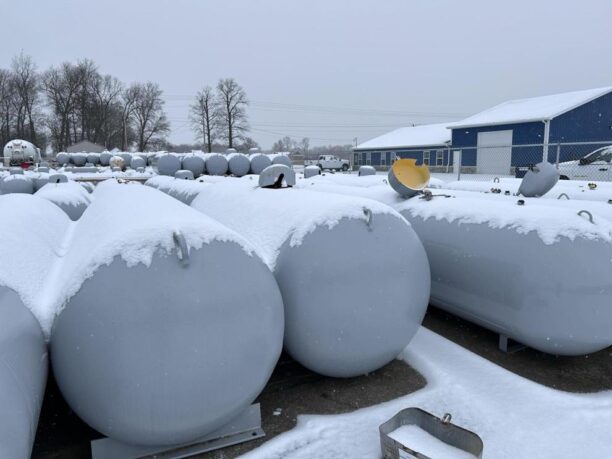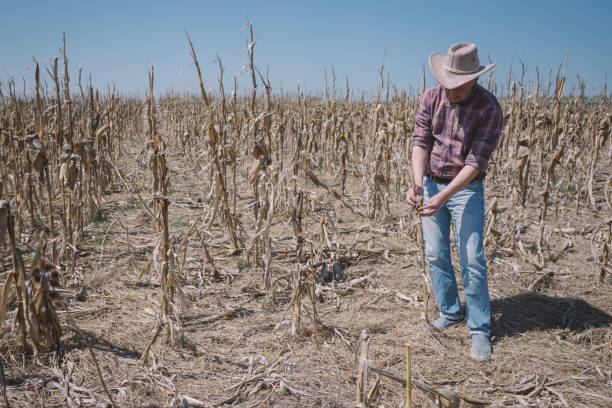Propane Demand Soars in Cold Weather
Blue River Propane Responds to Winter Surge in Propane Needs In Mayfield, KY, the onset of cold winter weather has triggered a surge in propane demand, pushing local suppliers like Blue River Propane Company to ramp up their delivery efforts. Amidst this spike, the company notably provided crucial emergency propane to a Paducah nursing home… Continue reading Propane Demand Soars in Cold Weather


